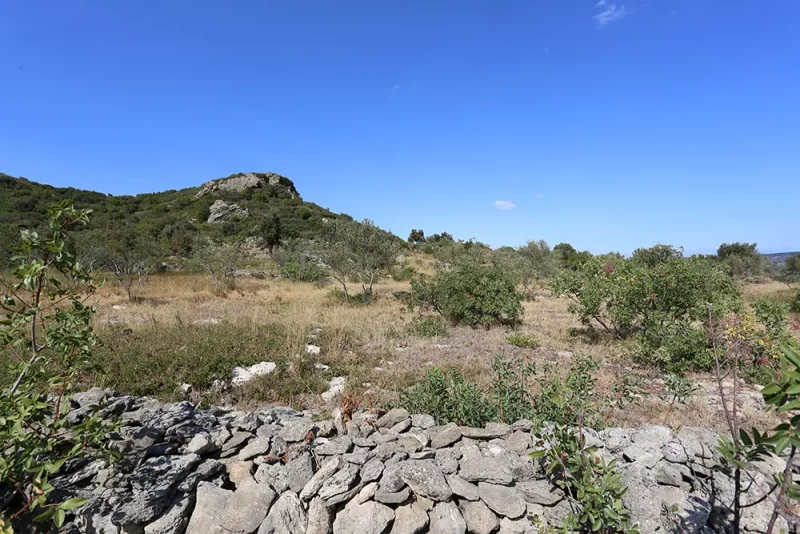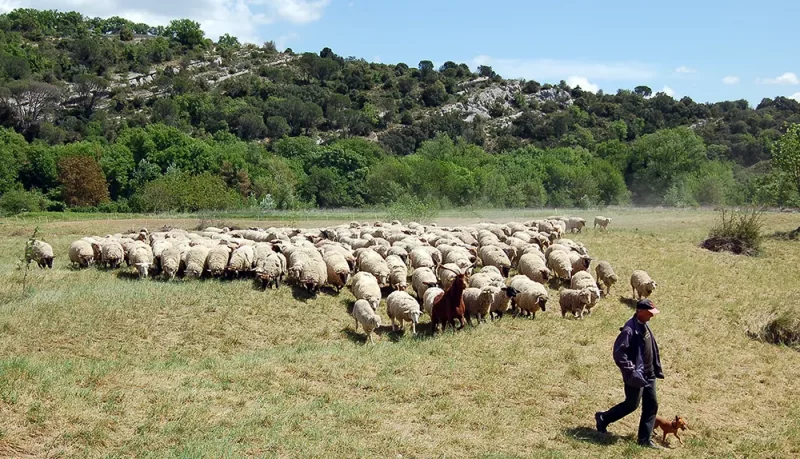Why is the eco-grazing management of the open environments necessary?
The open grazing environments form major biodiversity reservoirs: they include many key habitats such as the Mediterranean false brome grass and over 80 species of bird of community importance, such as the Bonelli’s eagle, the woodlark or the tawny pipit.
However, the lack of recurring action on the herbivore’s part mean that these environments are progressively invaded by scrub timber (kermes oak, cistus), then high timber (green oak), before forming habitats with a more trivial diversity. The substeppic grasslands’ surfaces within the territory have therefore shrinked of 94% in 50 years, covering today 100 ha, which is to say less than 1% of the total surface of the Natura 2000 sites, while the specific to the open environments have become deprived of their preferred habitats.
A regular and skillfull maintenance by the herds is therefore necessary to keep this vegetation at this particular stade. Besides biodiversity conservation, the grazing activity has other uses: preserving the landscapes’ quality, or then again fighting against the fires, occuring far more often than even.

